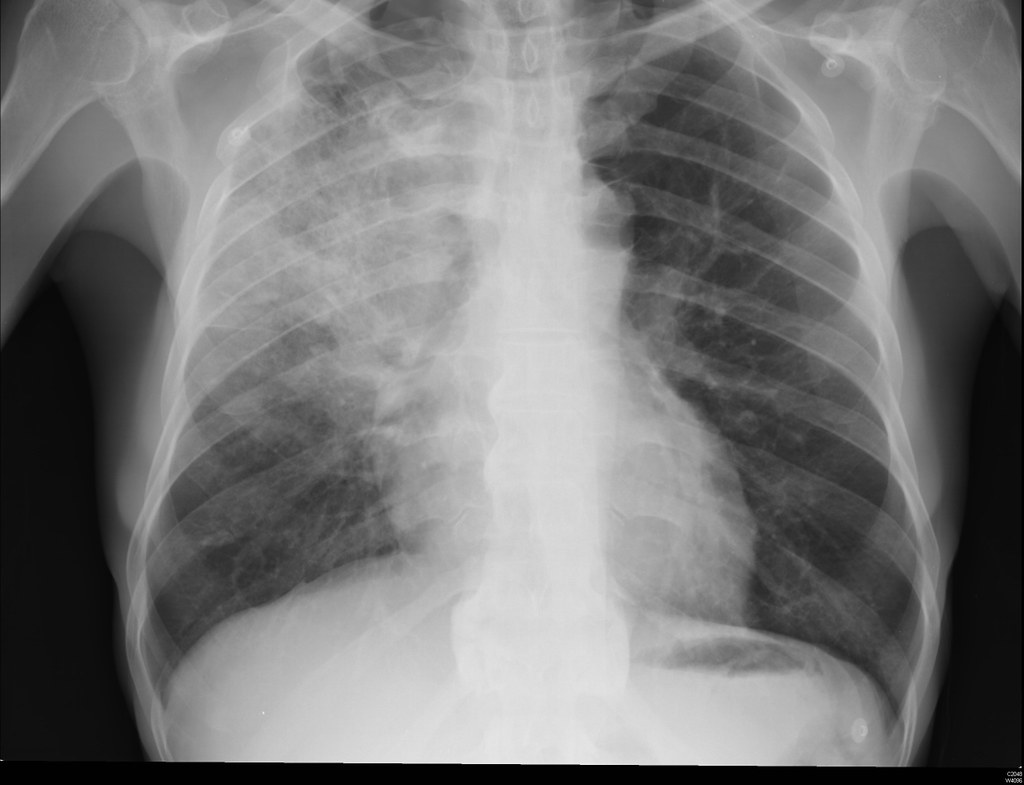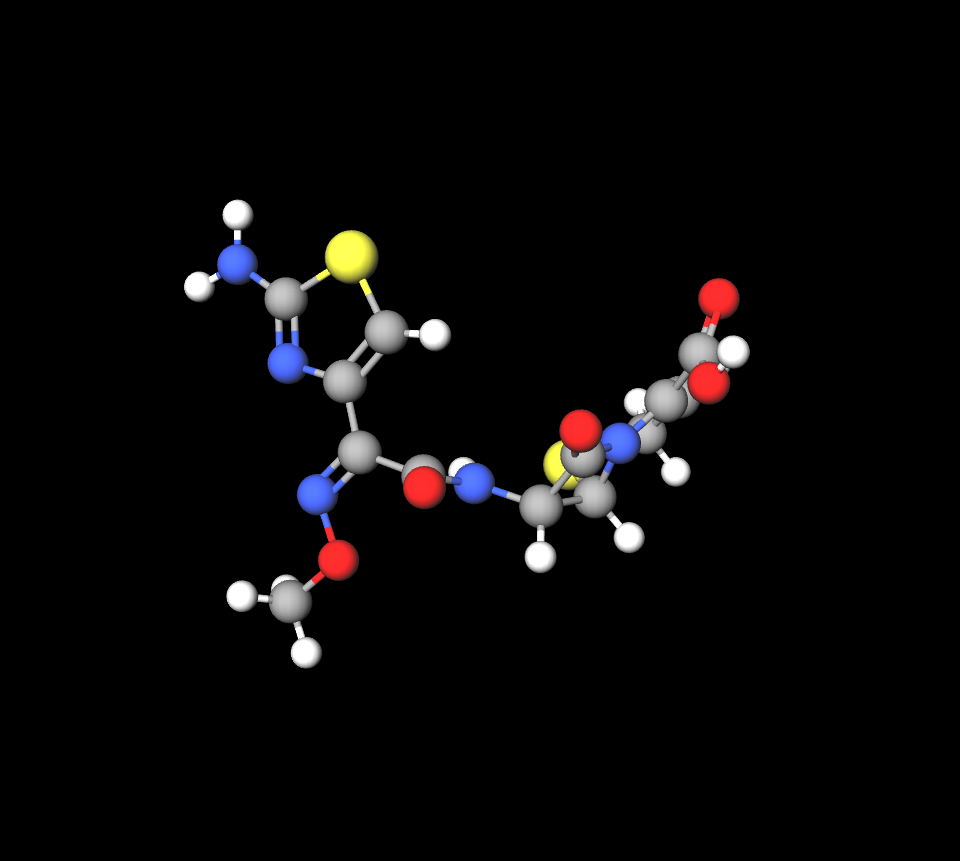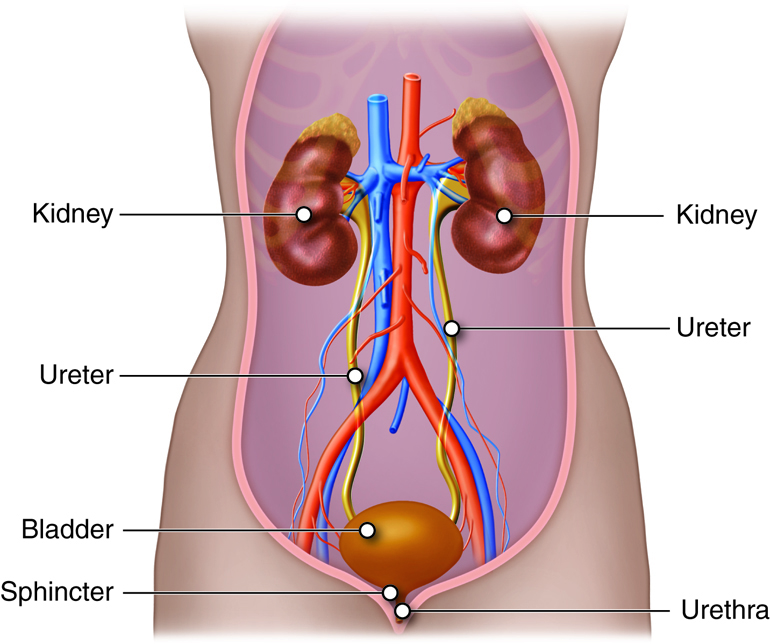Cefizox Injection
I. Introduction
Cefizox Injection is a potent antibiotic used predominantly to treat severe bacterial infections. It is characterized by its efficacy against a broad spectrum of gram-negative bacteria, making it a critical component in modern medical treatment protocols. Its significance in managing infections cannot be overstated, particularly in the context of rising antibiotic resistance.
II. Ceftizoxime mechanism of action
Cefizox operates through a sophisticated mechanism at the cellular level, primarily inhibiting bacterial cell wall synthesis. Binding to penicillin-binding proteins (PBPs) disrupts the construction of the bacterial cell wall, ultimately leading to cell lysis and death. This bactericidal activity is particularly effective against actively dividing bacteria.
The spectrum of antibacterial activity is noteworthy, as Cefizox demonstrates robust efficacy against various gram-negative organisms, including Escherichia coli and Klebsiella pneumoniae. In comparison to other antibiotics, such as cephalexin and ampicillin, Cefizox presents an enhanced profile in combating resistant strains, thus positioning it as a preferred choice in certain clinical scenarios.

III. Uses of Cefizox Injection
A. Approved Medical Uses
Cefizox Injection is primarily indicated for treating bacterial infections, particularly those caused by susceptible organisms. Common indications include:

B. Off-Label Uses
In addition to its approved applications, Cefizox is frequently employed off-label in various clinical situations. These include:
- Management of resistant bacterial infections, especially in cases where standard treatments fail.
- Application in immunocompromised patients, where the risk of severe infections is heightened.
- Prophylactic use in surgical settings to prevent postoperative infections.
IV. Ceftizoxime dosage
Recommended dosages for Cefizox Injection vary based on the severity and type of infection. Typically, adult dosages range from 1 to 2 grams administered every 8 to 12 hours, adjusted according to the patient's clinical response and renal function.
Specific populations require dosage adjustments to ensure safety and efficacy:
A. Elderly Patients
As people get older their body may process medications differently. It's important to keep an eye on them and adjust doses if needed.
B. Pediatric Administration
Pediatric dosages are determined by the child's weight. They typically range from 50 to 100 mg per kilogram per day, spread out over administrations.

C. Pregnant and Nursing Women
While Cefizox is generally considered safe during pregnancy, its use should be carefully evaluated against potential risks. Nursing mothers are advised to consult healthcare providers, as the drug may pass into breast milk.
Administration methods include intravenous and intramuscular routes, chosen based on clinical circumstances. Special considerations must be made to ensure proper technique and site selection to minimize complications.
V. Composition of Cefizox Injection
Cefizox Injection is made up of components essential for its antibacterial effectiveness. Ceftizoxime is the ingredient and provides a wide range of activity against gram-negative bacteria. Other ingredients like stabilizers and diluents are important in the formula to maintain the injection's stability and efficacy.

Ceftizoxime vs ceftriaxone
When looking at cefotaxime and ceftriaxone in comparison, with ceftizoxime it's evident that ceftizoxime shows a presence in anaerobic environments and has even been employed as a standalone treatment for intra-abdominal infections acquired within the community setting. While ceftizoxime may have a reduced effectiveness against penicillin strains
VI. Ceftizoxime side effects
A. Common Side Effects
Patients receiving Cefizox Injection may experience several common side effects, including:
B. Serious Side Effects
While most side effects are manageable, serious reactions can occur, necessitating immediate medical attention. These include:
- Allergic reactions, such as anaphylaxis
- Severe skin reactions
- Clostridium difficile-associated diarrhea
C. Rare Side Effects
Rare adverse effects may include:
- Hematologic reactions, such as thrombocytopenia
- Hepatic dysfunction
Awareness of these potential side effects is critical for timely intervention and management.

VII. Warnings and Precautions
A. Contraindications
Patients should avoid using Cefizox Injection if they have known allergies to cephalosporins or penicillins and should be cautious if they have a history of issues, like colitis.
B. Careful Administration Guidelines
Situations that call for management comprise of:
- Patients with kidney issues may require changes in medication doses and careful monitoring.
- People who have experienced reactions to drugs in the past.
C. Important Precautions
It's crucial to monitor patients while they're undergoing treatment to watch out for any negative reactions or interactions with other medications. Patients should have their kidney function and blood counts checked regularly to make sure they stay safe and healthy.

VIII. Drug Interactions
Cefizox Injection may interact with various medications, potentially altering its effectiveness and safety profile. Notable interactions include:
- Probenecid, which can inhibit renal excretion and increase Cefizox levels.
- Other antibiotics lead to potential antagonistic effects.
Healthcare providers should be vigilant in assessing a patient's medication regimen to mitigate the risk of adverse interactions and ensure optimal therapeutic outcomes.
IX. Storage and Handling
Proper Cefizox Injection storage conditions are paramount to maintaining its efficacy and safety. The injection should be stored at a controlled room temperature, ideally between 20°C to 25°C (68°F to 77°F), and protected from light. Exposure to direct sunlight can degrade the active components, leading to diminished effectiveness.
Handling and disposal guidelines are equally critical. Healthcare professionals should adhere to the following:
- Always inspect the vial for integrity before use; discard any damaged or broken seal.
- Use sterile techniques during preparation and administration to prevent contamination.
- Dispose of unused or expired Cefizox Injection according to local regulations for hazardous materials, ensuring it is not disposed of in regular waste streams.
Stability considerations are essential. Cefizox Injection is stable for a limited period after reconstitution, typically 24 hours, when stored under appropriate conditions. The expiration date should always be checked before administration, as using expired products can pose significant risks to patient safety.
X. Overdosage
Overdosage of Cefizox Injection, though rare, can occur and presents with various symptoms that necessitate immediate medical attention. Signs of overdose may include:
- Severe gastrointestinal distress, such as persistent nausea and vomiting.
- Altered mental status, which may manifest as confusion or drowsiness.
- Neurological symptoms, including seizures in extreme cases.
Recommended management strategies for an overdose involve supportive care and symptomatic treatment. This may include:
- Administration of activated charcoal to mitigate absorption, if within an appropriate time frame.
- Intravenous fluids to maintain hydration and support renal function.
- Seizure management, if applicable, using standard anticonvulsant protocols.
The importance of prompt medical attention cannot be overstated. Early intervention can significantly improve outcomes and prevent complications associated with overdose, underscoring the necessity for vigilance in monitoring dosages administered.
XI. Special Populations
A. Administration to Elderly
Administration of Cefizox Injection in elderly patients requires special consideration due to the physiological changes associated with aging. These changes can affect drug metabolism and excretion. Recommended practices include:
- Conducting a thorough assessment of renal function before initiating therapy.
- Starting with a lower dosage and titrating as necessary based on tolerance and therapeutic response.
- Monitoring for potential side effects more closely, as the elderly may be more susceptible to adverse reactions.
B. Administration to Pregnant Women and Nursing Mothers
When considering Cefizox for pregnant women, the safety profile must be carefully evaluated. While Cefizox is generally deemed safe during pregnancy, it should be prescribed only when the benefits outweigh the potential risks. Recommendations include:
- Conducting a risk-benefit analysis, particularly during the first trimester.
- Monitor the mother closely for any signs of adverse effects.
For nursing mothers, it is advised to consult healthcare professionals, as Cefizox can be excreted in breast milk, potentially affecting the infant.

C. Administration to Children
Administering Cefizox Injection to pediatric patients necessitates adherence to specific dosing guidelines to ensure safety and efficacy. Pediatric dosing is typically calculated based on body weight, generally around 50-100 mg/kg/day divided into multiple doses. Key safety concerns include:
- Assessing the child's renal function, as dosages may need to be adjusted for those with impaired renal clearance.
- Being vigilant for any signs of allergic reactions, particularly in younger populations who may be more sensitive to medications.
Overall, special populations require tailored approaches to administration, ensuring the optimal therapeutic benefit of Cefizox Injection while minimizing risks.
Cefizox Injection FAQ
- Why use ceftizoxime?
- Who ddd ceftizoxime?
- What is ceftizoxime use for?
- How is ceftizoxime metabolized?
- What is ceftizoxime injection used for?
- What is ceftizoxime injection used for in veterinary medicine?
- How many days to take cefuroxime?
- Is cefuroxime safe for kidneys?
- What to avoid while taking cefuroxime?
- Which is stronger, amoxicillin or cefuroxime?
- What kind of infections does cefuroxime treat?
- Is cefuroxime ok for UTI?
- Is cefuroxime safe for heart?
- Can I drink milk with cefuroxime?
- What are the disadvantages of cefuroxime?
- What is the warning for cefuroxime?
- Can I take cefuroxime on an empty stomach?
Why use ceftizoxime?
Doctors prescribe Ceftizoxime for treating infections in the respiratory and urinary tracts, infections affecting the bones and joints or skin and soft tissues, and abdominal infections.
Who ddd ceftizoxime?
The prescribed daily amount (PDA ) for ceftizoxime is four units, which serves as a measure to evaluate the use of antibiotics and is defined by the World Health Organization (WHO) as the dosage for an adult weighing 70 kg.
What is ceftizoxime use for?
lower respiratory tract, infections of the urinary tract, infections of the bones, joints, skin, soft tissues, and abdominal infection
How is ceftizoxime metabolized?
The substance isn't broken down in the body. It is removed through filtration.
What is ceftizoxime injection used for?
Ceftizoxime belongs to the third-generation cephalosporin antibiotic category and is commonly prescribed for treating lower respiratory tract infections, urinary tract infections, and gonorrhea infections.
What is ceftizoxime injection used for in veterinary medicine?
In medicine, Ceftizoxime is a medication used to treat bacterial infections targeting a wide range of Gram-positive and Gram-negative bacteria types.
How many days to take cefuroxime?
You can find cefuroxime in both tablet and liquid form for consumption. Depending on the illness being addressed, they typically recommend taking it every 12 hours for about 5 to 10 days. When used for treating gonorrhea, you just need to take a dose. For Lyme disease, it is usually taken every 12 hours over a span of 20 days.
Is cefuroxime safe for kidneys?
When your kidneys are not functioning properly, Cefuroxime is eliminated from your system through them. If your kidneys are not working well, this may result in concentrations of Cefuroxime accumulating in your body. To prevent this from happening, your doctor might reduce the amount of Cefuroxime you are taking.
What to avoid while taking cefuroxime?
It's best to steer off grapefruit and grapefruit juice when you're on cefuroxime as it could lead to an indication of glucose in your urine during certain tests that use copper reduction (like Benedicts or Fehling's solution) but not with enzyme-based tests.
Which is stronger, amoxicillin or cefuroxime?
The findings show that taking 250 mg of Cefuroxime Axetil twice a day is just as effective as taking 500 mg of Amoxicillin/clavulanate three times a day for treating acute sinusitis, and it also causes stomach-related side effects.
What kind of infections does cefuroxime treat?
Use Cefuroxime to treat skin and soft tissue infections caused by Streptococcus pyogenes and Staphylococcus aureus (including strains that produce penicillinase and those that do not), Escherichia coli (E. coli), Klebsiella species (spp.), and Enterobacter species (spp.).
Is cefuroxime ok for UTI?
People often use Cefuroxime, sold under the brand name Ceftin, to combat infections in different parts of the body, such as sinusitis or ear and urinary tract infections (UTIs).
Is cefuroxime safe for heart?
Surgical prophylaxis often involves the use of cefuroxima axetil to help prevent surgical site infections; however, there have been reports of it leading to acute syndrome as a side effect.
Can I drink milk with cefuroxime?
It is recommended to consume this medication along with a meal or some milk.
What are the disadvantages of cefuroxime?
You might experience nausea and vomiting or diarrhea with a taste in your mouth or stomach pain at times; young kids may develop diaper rash from time to time. You could also feel a bit dizzy or drowsy occasionally with doses of medication.
What is the warning for cefuroxime?
If you experience severe diarrhea while taking cefuroxime, it's important to consult your doctor before using any medication or giving it to your child for treatment. Using diarrhea medications without advice could potentially worsen the condition and prolong its duration.
Can I take cefuroxime on an empty stomach?
It should be taken with food.












